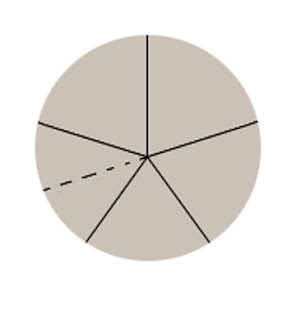Roseanne Smith has finished a top made from the Civil War Reunion collection that's been in quilt shops for a few months.
Ladies' Auxiliary
Roseanne Smith
74" x 88"
The quilt has a really rich madder tone, very much in keeping with the colors used in the Civil War era. For the Civil War Reunion theme we are calling it Ladies' Auxiliary, remembering all the women's groups that kept the memory of the war alive for generations.
Women's group dedicating a memorial at Gettysburg about 1930.
Photo from the Library of Congress.
Roseanne started with small packets of 2-1/2" squares we handed out at fall market last year. She added more squares cut from 2-1/2" Jelly Roll strips and some white prints from her stash.
Here's a block, 5 x 5. Twenty-five squares finishing to 2" = a 10" finished block.
I see she didn't like this arrangement though and reversed the shading so there are more lights than darks in her finished quilt blocks (13 lights, 12 darks per square). There are 20 blocks.
She set it with the plum colorway of the two large prints.
The paisley (8187-17) is called Women's Relief Corps.
She cut these 10-1/2" squares for alternate blocks.
The stripe (8186-17) is called Decoration Day.
She cut the stripe 9-1/4" and mitered the border.
Diagram drawn in EQ7.
I'm afraid a lot of the big prints are already sold out.
But we'll have another Civil War reproduction in shops early next year. Look for 1862 Battle Hymn in January, 2012.
Next year's line will recall the 150th anniversary of the War's first full year, the year Julia Ward Howe published The Battle Hymn of the Republic. Muted colors recall the mood of mourning and prints are named for battles in that very sad year when North and South realized the War might drag on and on.
See a preview of 1862 Battle Hymn here. The sales reps should be bringing it around to shops for pre-orders any day.






















































